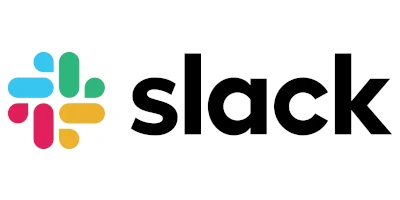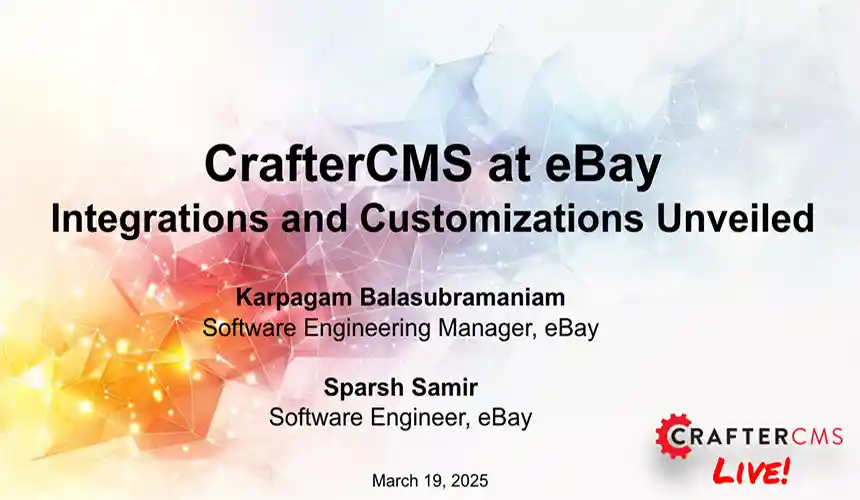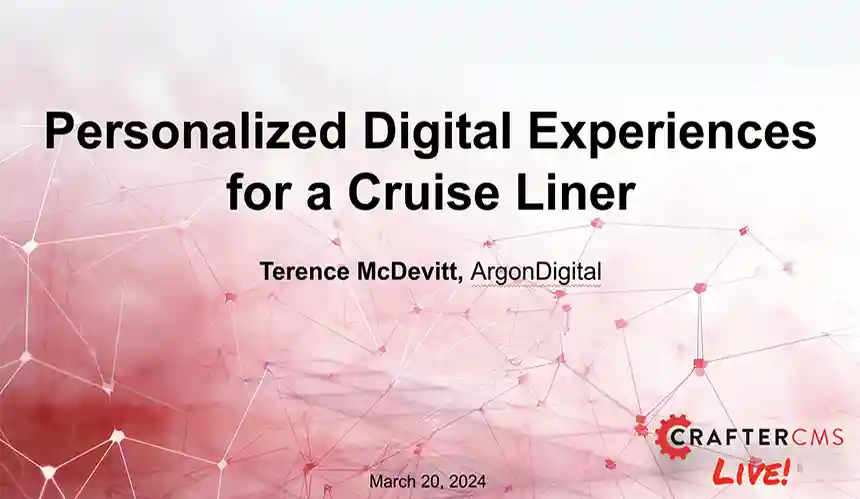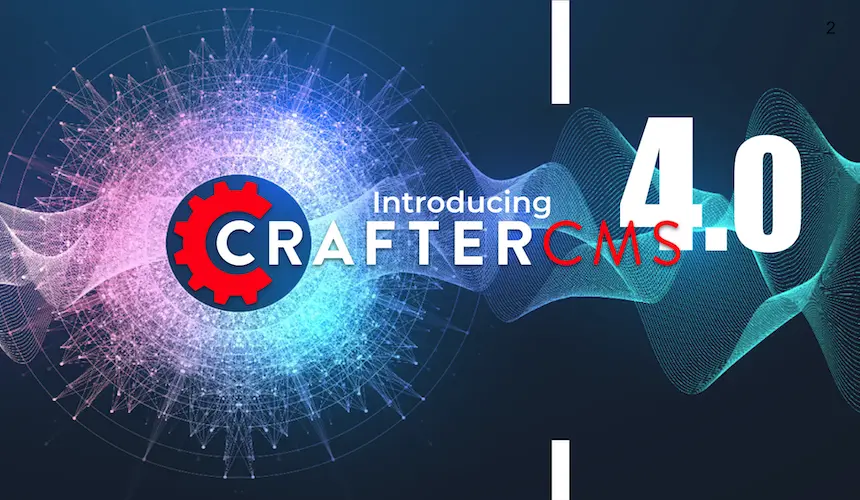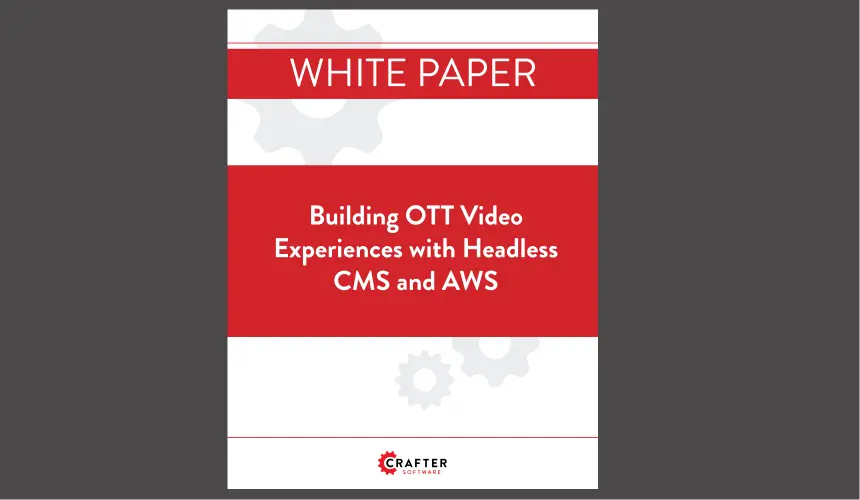What Makes a Great Headless CMS Service? Essential APIs for Developers

Amanda Lee

As the demand for composable, API-first digital experiences grows, the term "headless CMS service" has become central to modern application architecture. At its most basic level, a headless CMS decouples the backend content repository from the frontend presentation, delivering content via APIs to any frontend, whether it’s a website, mobile app, smart device, or any other digital channel.
But not all headless CMS offerings are created equal.
For developers, a great headless CMS isn’t just about delivering content as JSON. It's about also decoupling the content authoring and content delivery systems, and providing rich and comprehensive APIs for both systems that support the entire content lifecycle: from creation to deployment, customization, and optimization.
In this post, we’ll explore the core API capabilities a headless CMS service must provide to support both content authors and developers, including content authoring APIs, delivery APIs, search, templating, and extensibility through server-side scripting.
Headless CMS Service Essentials
The five most important categories of APIs that a headless CMS needs to provide as a service are as follows:
1. Content Authoring APIs
While headless CMS solutions emphasize delivery, content authoring APIs are just as crucial, especially in a CMS-as-a-service model where content creation may happen through custom apps, workflows, or automation.
A modern headless CMS service should expose APIs for:
-
Content CRUD operations: Create, read, update, delete content programmatically.
-
Versioning and workflows: Trigger and manage review, approval, and publishing workflows via API.
-
Asset management: Upload, retrieve, and organize images, videos, and other digital assets.
-
User and role management: Create and manage content contributors, permissions, and roles.
-
Localization and variants: Manage multilingual content and multivariate content versions (e.g., A/B testing).
These APIs enable seamless integration with internal tools, external platforms, and DevContentOps pipelines, allowing developers to build and automate content operations.
2. Content Delivery APIs
At the core of any headless CMS service is the content delivery API. It must be fast, scalable, and flexible enough to power dynamic digital experiences across channels.
Key capabilities include:
-
REST and GraphQL support: Allow developers to fetch content efficiently in the format they prefer.
-
Custom query filters: Support advanced filtering, sorting, and pagination of content.
-
Multisite and multichannel awareness: Deliver content based on site, locale, or device context.
-
Secure access and preview support: Provide token-based access to published and preview content for secure rendering in staging environments or authenticated apps.
CrafterCMS, for example, provides both REST and GraphQL endpoints with support for live preview, in-context editing, multilingual content, and site-specific content delivery, which are all critical for scalable omnichannel experiences.
3. Search APIs
Search is fundamental to the user experience, and that includes both on the frontend (for site visitors) and within content management interface (for content authors/editors).
A robust headless CMS service should expose:
-
Full-text search APIs: Support keyword-based content lookup across all content types.
-
Faceted and filtered search: Enable filtering by tags, categories, dates, or custom metadata.
-
Structured content queries: Allow search based on specific fields in content types (e.g., find all blog posts where
author = Johnandtag = headless). -
Autocomplete and suggestions: Enhance UX with real-time search hints and spelling corrections.
- Vector search: Facilitate the development of generative AI applications such as custom AI chatbots and agents.
CrafterCMS integrates with OpenSearch to deliver high-performance, full-text and vector search APIs, both for powering end-user site search and enabling internal content discovery within the CMS.
4. Templating APIs and Server-Side Rendering
Even in headless models, templating and rendering logic are still needed, particularly for hybrid deployments, server-rendered pages, and rapid prototyping. Not every site needs to be a single-page application.
A true headless CMS service should support:
-
Templating APIs: Allow developers to write templates using engines like Freemarker or integrate with client-side frameworks like React, Angular and Vue.
-
Server-side rendering support: Deliver rendered HTML for SEO and performance where needed.
-
API-first templates: Expose templates and content as services that frontend teams can call and render.
CrafterCMS offers flexible templating options with Freemarker for traditional SSR and robust support for frontend frameworks via headless APIs, enabling teams to choose the right rendering strategy per use case.
5. Extensible APIs via Server-Side Scripting
One size rarely fits all. Developers need to build custom endpoints, integrate third-party services, and implement business logic specific to their applications.
That’s where server-side scripting and extensible APIs become critical.
Look for a headless CMS service that allows:
-
Custom API creation: Define your own endpoints using server-side scripts (e.g., Groovy, JavaScript).
-
Data mashups: Combine content from the CMS with third-party data sources like CRMs, DAMs, or PIMs.
-
Content personalization logic: Execute rules or scripts to serve personalized content variations.
-
API orchestration: Build composite APIs that pull together content and business data in a single call.
CrafterCMS provides a powerful scripting framework (powered by Apache Groovy) that allows developers to build and expose their own APIs, process requests, integrate external systems, and define content logic all within the CMS platform.
Conclusion: Developers Deserve a Full-Featured Headless CMS Service
A truly modern headless CMS service isn’t just a content delivery engine. It’s a full-featured developer platform with robust APIs for content creation, management, delivery, search, rendering, and extensibility.
Whether you’re building composable apps, e-commerce storefronts, or enterprise portals, your CMS service should empower you with the tools to work faster, integrate deeper, and build smarter.
CrafterCMS is built with these developer needs in mind, providing out-of-the-box authoring and delivery APIs, search integration, server-side scripting, customizable authoring workflows and more. If you’re looking for an API-first, headless CMS that puts developers in the driver’s seat, CrafterCMS has you covered.
Spin up a free CrafterCMS trial today and see for yourself.
Related Tags
Related Posts

Websites Are Dead?

Mike Vertal
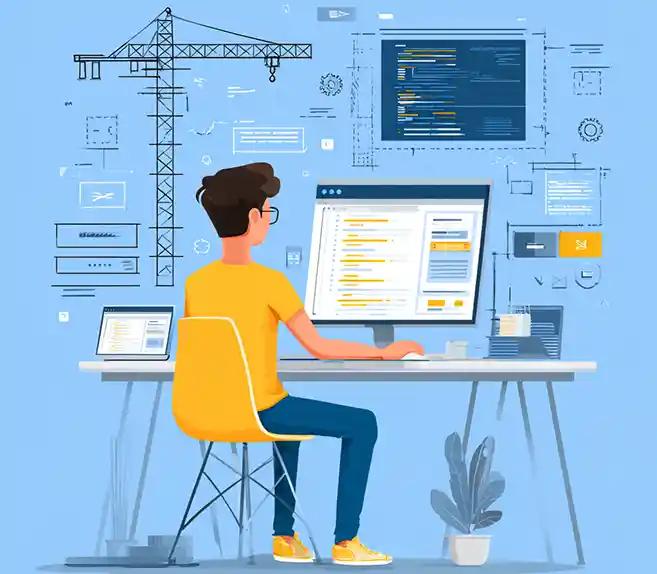
No-Code Experience Building for Marketers & Designers

Amanda Lee

Is Your CMS MACH-Ready? A Practical Guide for Enterprise Architects

Sara Williams
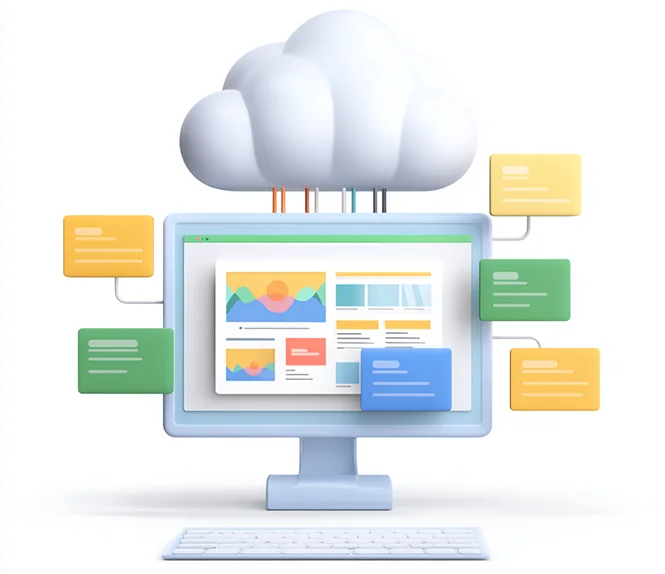
Composable DXP vs Traditional DXP: Why Enterprises Choose CrafterCMS

Amanda Jones




